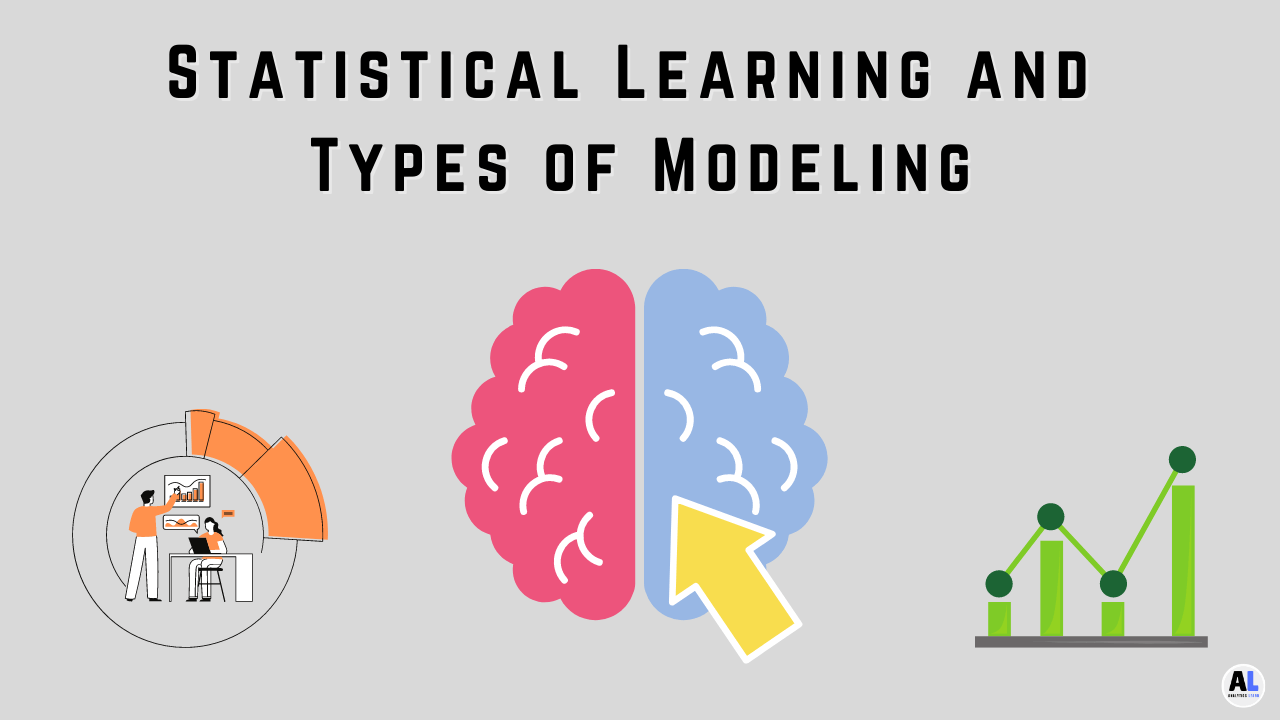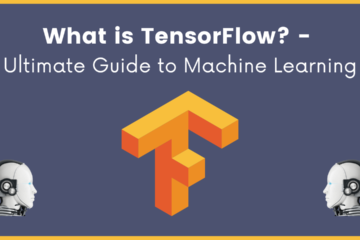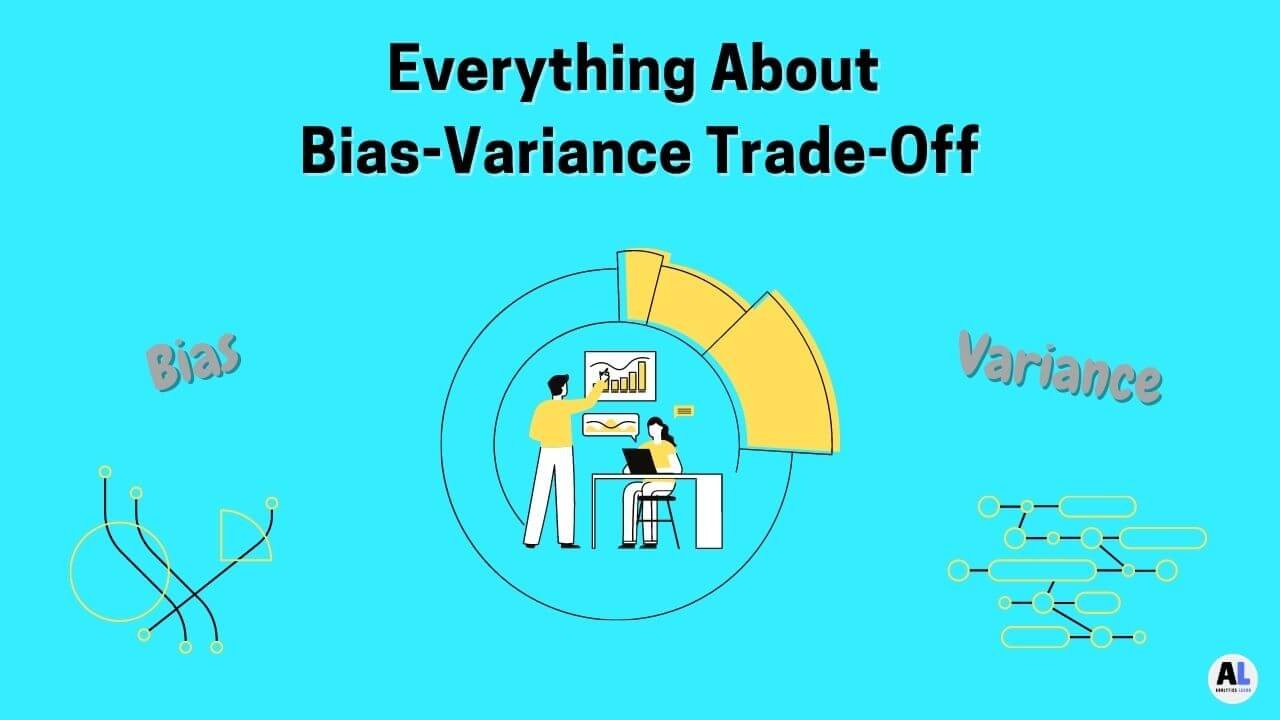In this blog, we are going to discuss What Is a Statistical Model? and what are the different types of Statistical Models for Learning.
What Is a Statistical Model? or statistical learning, how the predictive modeling work? which is a lengthy process and sometimes hard to understand.
In this article, we are going to see the statistical learning process in detail with the statistical modeling types.
Statistical modeling is the process of incorporating information into a tool that can analyze and forecast the data and make the right predictions from it.
Generally, we are dealing with the statistical model or learning process where we want to analyze relationships between variables. For that, You need to estimate a function f(X) below like this:
Y = f(X) + ϵ
Where Y represents the output variable, X or X = (X1, X2, …Xn) represents the input variables, and ϵ represents random error.
Every supervised learning and modeling problem can be shown as finding and approximating a function between inputs X and outputs Y.
Statistical Modeling (Statistical Learning) is the set of approaches for estimating this f(X) This is called the function of the statistical learning function to build the Statistical Model.
What is a Statistical Model?
Businesses, government agencies, and nonprofit organizations employ statisticians to help them understand their data and make predictions from it.
Their work often involves building statistical models, the statistical model is essentially an idealized version of how real-world data is generated.
It has three main purposes: prediction, extraction of information from stochastic structures in data, and description of stochastic structures in data (for example correlation).
The most common use for statistical models is to predict future events or outcomes based on past events or outcomes.
For example, you might be able to predict what will happen next if you know what happened before.
Related Article: What is Statistical Modeling? – Use, Types, Applications
Why We Estimate f(X)?
The process to estimate function in statistical modeling needs three parts independent variables, dependent variables, error, etc.
We need the function estimation to achieve the right stage of modeling those are Inferencing or prediction from the data.
1. Inference:
It is the process to understand the relationship between the independent variable (X) and the Dependent variable (Y).
We can no longer treat ˆf as a black box since we want to understand how Y changes with respect to X = (X1, X2, …Xd) (interpretability).
2. Prediction:
It is the most well-known and useful reason to estimate function (f) in statistical modeling, Once we get a good estimate of function ˆf(X), we can use that to make predictions on new data.
We treat ˆf as a black box since we only care about the accuracy of the predictions (not necessarily why or how it works).
What is the Error (ϵ) Function?
The error is used to show how well your model is performed on different datasets like training, testing, etc.
There is a deep mathematical calculation about the error in statistical modeling with the help of the loss function to show that low error is a good approach whereas higher error is mostly bad for the model.
The error (ϵ) term is composed of the reducible and irreducible error, preventing us from obtaining a perfect function (ˆf) estimate.
What are the Types of Error (ϵ)?
1. Reducible Error:
This error is a simple error and it can be easily reduced by using the well-suitable statistical learning technique to estimate function (f).
Every time in statistical modeling the main goal is to minimize the reducible error that is in your hand and you can possibly reduce that.
2. Irreducible Error:
This error is hard to reduce from the model there is no matter how correctly you build and estimated the function (f).
Irreducible error is mostly the unknown and unmeasurable error and it is always an upper bound for Error (ϵ) or error function.
What are the Types of Statistical Models?
There are many different classes of models. It is essential to understand the trade-offs between them and know when it is appropriate to use a certain type of model.
Related Article: What Are The Types Of Machine Learning?
There are four types of statistical models you’ll encounter in data science: parametric, semi-parametric, non-parametric, and mixed.
1. Parametric models
Parametric models (also called distributions) allow for predictions to be made about future data based on an assumed probability distribution.
This type of model first makes an assumption about the shape of f(X) (e.g. we assume the data to be linear) and then you can fit the model.
This simplifies the problem from estimating f(X) to just estimating a set of parameters. However, if our initial assumption was wrong, this will lead to bad results (e.g. assume data is linear but in reality, it’s not).
2. Non-Parametric Model
This type of model doesn’t make any assumptions about the shape of f(X), which allows them to fit a wider range of shapes but may lead to overfitting (e.g. k-NN).
Non-parametric models do not make any assumptions regarding how likely it is that a prediction will be correct given new data; rather they rely on other statistics such as entropy or kurtosis to assess model performance.
3. Mixed models
Mixed models use elements from more than one type of model, such as combining parametric and non-parametric elements within one model.
4. Supervised Model:
Supervised learning is use of the supervised predictive model, In this learning, the models fit input variables X = (x1, x2, …xn) to a known output variables Y = (y1, y2, …yn).
In this type of statistical model, we classify the data into more than two classes and predict the future outcome from old data.
Related Article: What Is A Supervised Learning? – Detail Explained

5. Unsupervised Model
In this model take in input variables X = (x1, x2, …xn) but do not have an associated output Y to “supervise” the training.
In this model, there is more important to explore the patterns from data or categorize the whole data into certain groups.
Related Article: What is Unsupervised Learning in Machine Learning?
6. Blackbox Model:
These are sometimes referred to as black-box models because their inner workings are not necessarily revealed when evaluating fit.
In this type of model, we can make decisions based on output, but we do not know what happens behind that model or internal mathematics (e.g. Ensemble Learning, Deep Learning).
This type of model gives more predictive accuracy than the interpretable model in statistical modeling, also you can increase the model accuracy through hyperparameter tunning in this process.
7. Interpretable Model:
This statistical model gives you an exact mathematical insight for the model-building to make the expected decisions (e.g. linear regression, decision trees).
This type of model is more generative and customizable where you add bias or variance in data to avoid underfitting or overfitting of the model.
8. Generative Model:
This type of model is based on a probability-based approach which is known as joint probability distribution p(x, y).
If you wanted to differentiate between normal or abnormal conditions, you first need to build a model for what a normal condition of patience looks like and another one for what an abnormal condition of patience looks like.
Then, based on these two models we compare a new patient’s condition to see which is more similar and matching.
9. Discriminative Model:
This type of model is based on a probability-based approach which is known as conditional probability distribution p(y|x).
In this model building for patient conditions, we just try to find a line that separates the two classes (normal or abnormal) and rather that it does not care about how the data can generate.
Other Statistical Model
1. Regression Analysis Models
Regression analysis uses statistical models to study relationships between variables and to make predictions about future behavior based on past data.
Regression analysis estimates how much one variable changes when another variable change.
It can be used, for example, to determine how sale prices might change as demand for a product rises.
This type of model is called a regression model because it relates one variable (the dependent variable) to another (the independent variable).
The slope of that line is an estimate of how much the dependent variable will change given a certain amount of change in the independent variable.
For example, if you were studying housing prices in your neighborhood, you could use regression analysis to estimate what would happen to house values if interest rates went up or down.
Related Article: Simple Linear Regression Using Scikit Learn
2. Probability Models
In probability theory, a random variable (or stochastic variable) is considered to be a function whose domain is an arbitrary set (called its state space) and whose range or values are real numbers.
The most common type of random variables are non-negative integers (or just integers), but in many cases, other types of random variables are considered, such as continuous variables.
Mathematical models typically use discrete state spaces whereas models in physics typically use continuous state spaces.
For example, if we toss a coin repeatedly then X=1 for heads and X=0 for tails. If we roll a die repeatedly then X=1 for 1 face-up and X=0 for all others.
If we throw dice repeatedly then X might represent the total number of points showing on dice after n throws where n could be any integer ≥ 2.
These examples show that there are many different possible representations of random variables because there are infinitely many ways that data can appear.
3. Exploratory Data Analysis (EDA)
Exploratory data analysis is simply examining your data, visually and numerically, before building a statistical model to explain it.
This free-form exploration of your data should be used early in your project so that you can judge whether or not there are any glaring problems with your data.
If there are problems with missing values, outliers, or unusual distributions then more time spent in EDA can help you discover and address them upfront.
Once you’ve explored your data, cleaned it up, and removed errors then you’re ready for modeling.
Related Article: What is Exploratory Data Analysis? | EDA in Data Science
4. Inferential Statistics
Suppose you have collected data to test your business idea. But, how do you go about making sense of it? You use inferential statistics.
Inferential statistics are used when you already have your data and want to draw conclusions from it.
What distinguishes inferential statistics from descriptive statistics is that descriptive statistics can only tell us about a sample of data, whereas inferential statistics tell us about our overall population.
For example, if we conduct a survey on 100 people and find out that 55% of them like chocolate ice cream, then we can infer that 55% of all people like chocolate ice cream.
However, if we conducted another survey on 10 people and found out that 7 liked chocolate ice cream, then we cannot infer anything about what percentage of all people like chocolate ice cream because our sample size was too small.
FAQ for Statistical Model
What are statistics?
Statistics provide quantitative measures of what has been observed. Generally, it tells us how likely one event is compared to another event.
What is the Probability in your life?
Probability basically says that there’s an equal chance for anything happening or not happening.
For example, we take a risk when we go outside because there’s also a chance that we can get into an accident.
What does a Statistical Model do?
It helps us analyze data, There are three purposes for statistical models: predictions, extraction, and description of stochastic structures of data.
What is a Statistical Model used for?
The main purpose of using a statistical model is to predict things from past events.
How does a Statistical Model Work?
In order to have an accurate prediction about something in the future, you need some sort of information about what happened before so that you can compare it with what will happen next.
What is a Statistical Model based on?
If you want to know what will happen in 5 years, then you should look at what happened in previous years.
What would be considered an effective use of a Statistical Model?
Effective use of a statistical model would be if someone wanted to know how long they could expect their car battery to last them.
Conclusion
In the conclusion, I would say focusing on a more simplistic approach while choosing a build model that means if we are given two models that predict equally well, we should choose the simpler one.
In statistical modeling, the simplest explanation is the best explanation, and choosing the more complex one can often result in overfitting of the model.
In the end, statistical learning of any model is always a very crucial process that needs to keep in the form of simple and robust for implementation.

Meet Nitin, a seasoned professional in the field of data engineering. With a Post Graduation in Data Science and Analytics, Nitin is a key contributor to the healthcare sector, specializing in data analysis, machine learning, AI, blockchain, and various data-related tools and technologies. As the Co-founder and editor of analyticslearn.com, Nitin brings a wealth of knowledge and experience to the realm of analytics. Join us in exploring the exciting intersection of healthcare and data science with Nitin as your guide.










